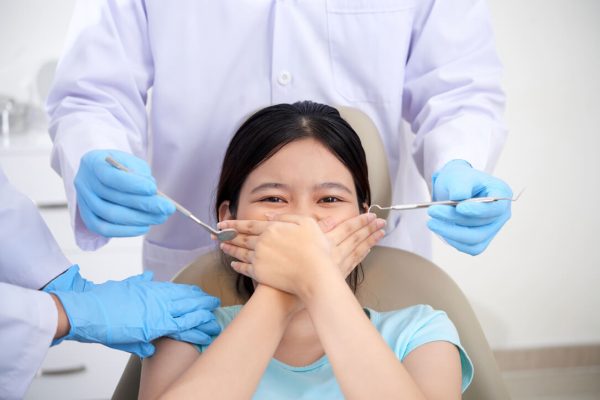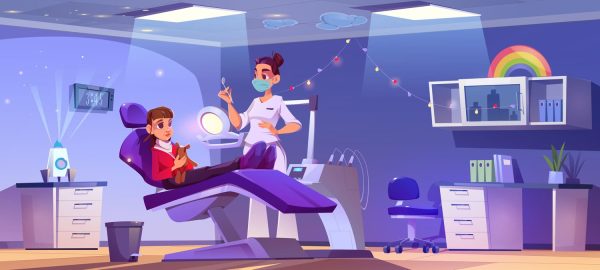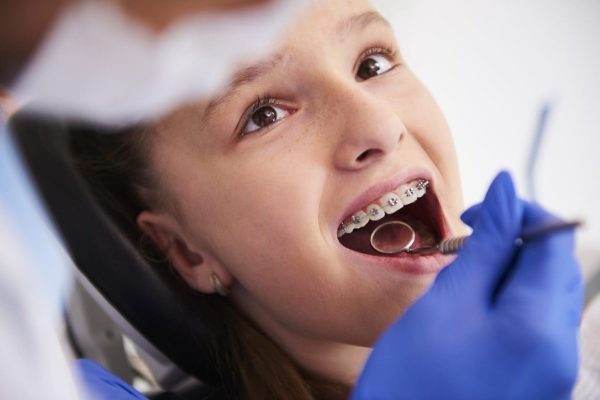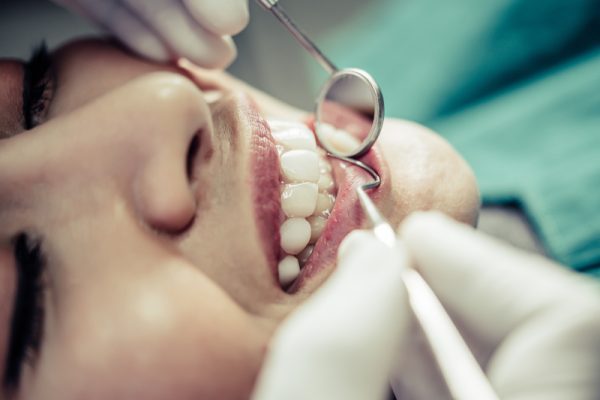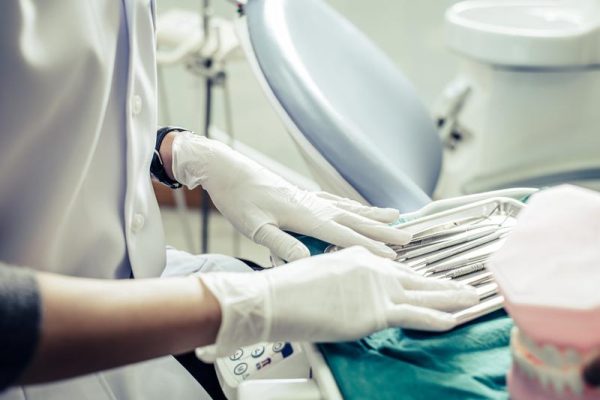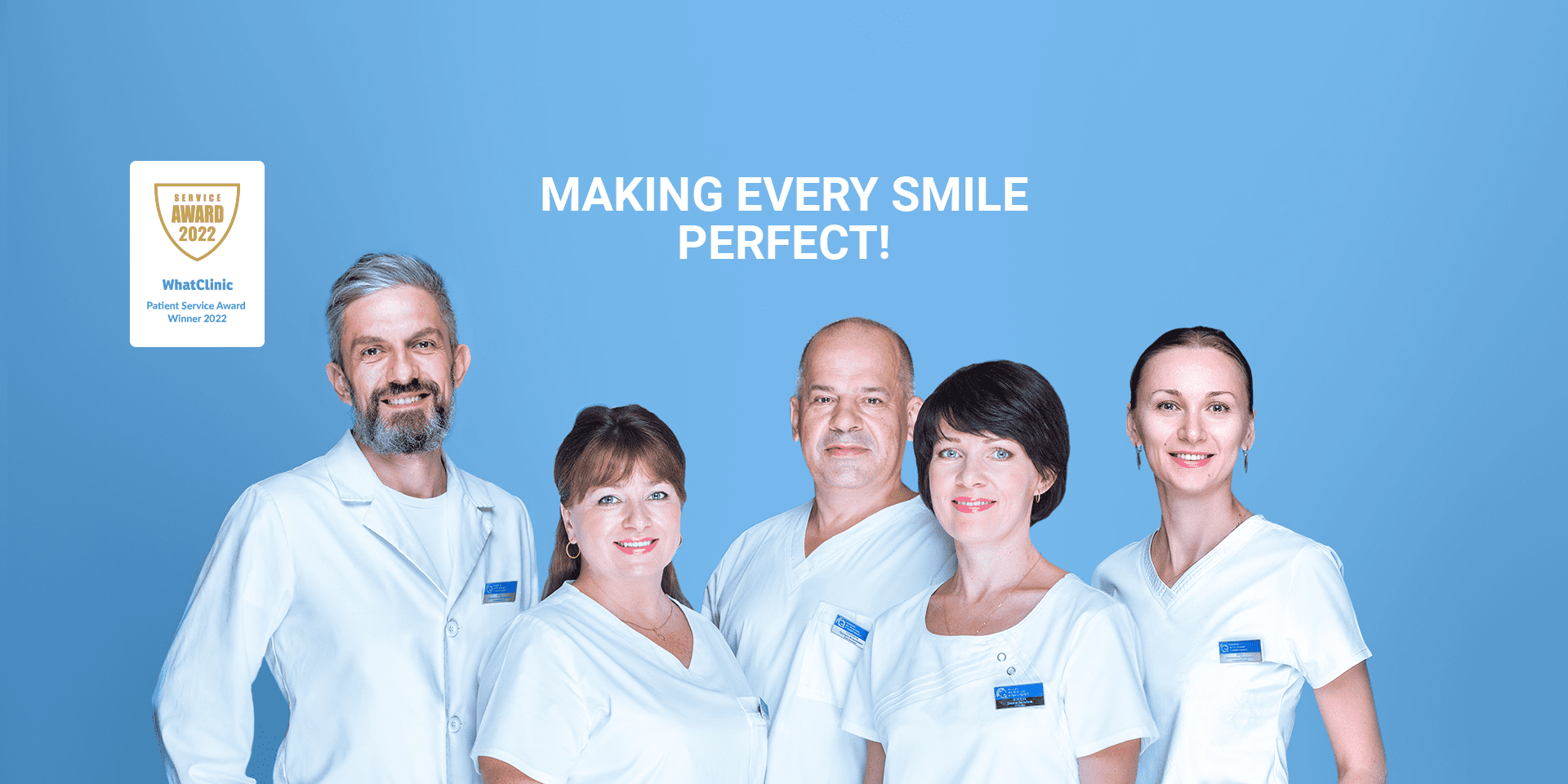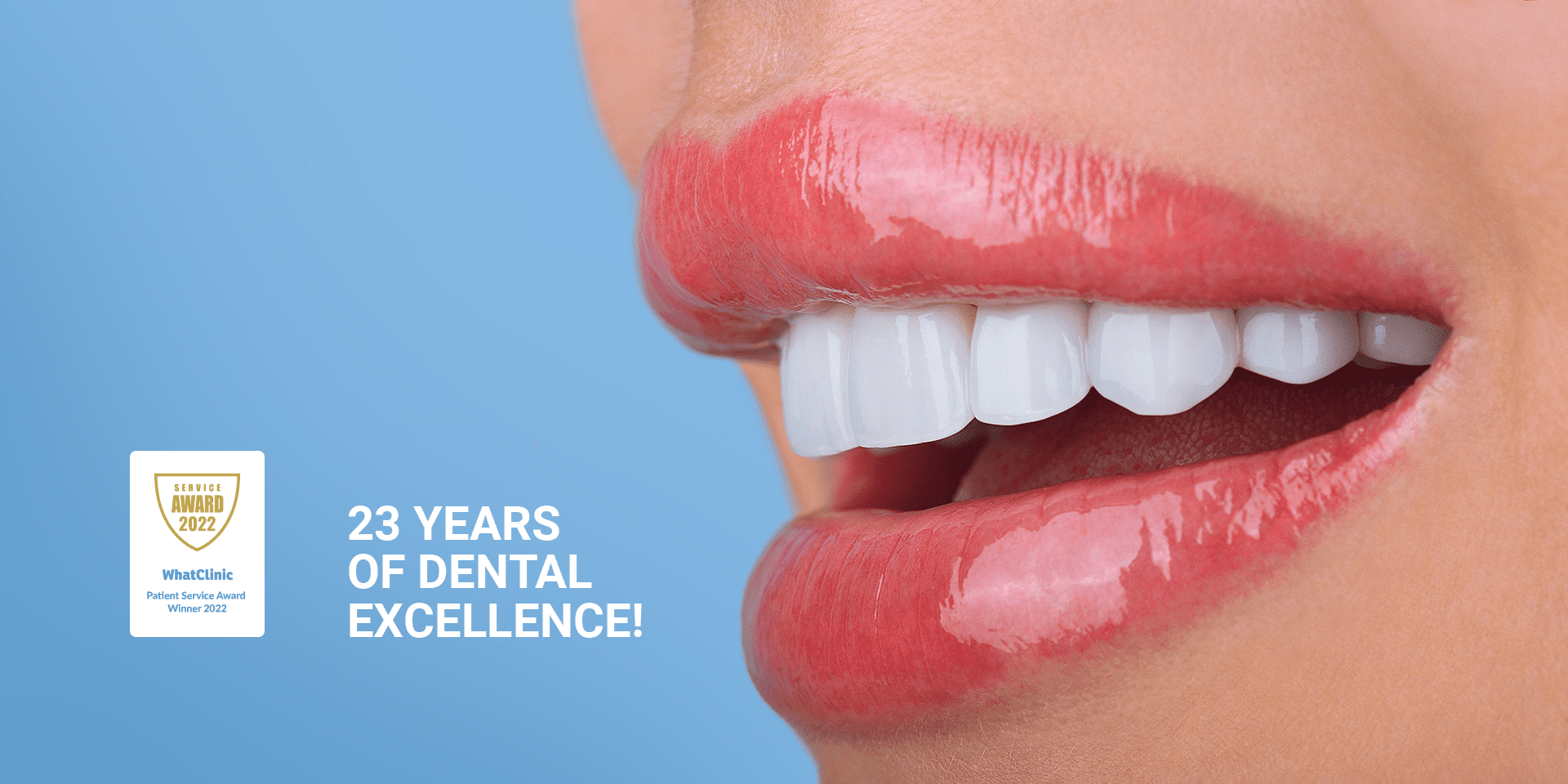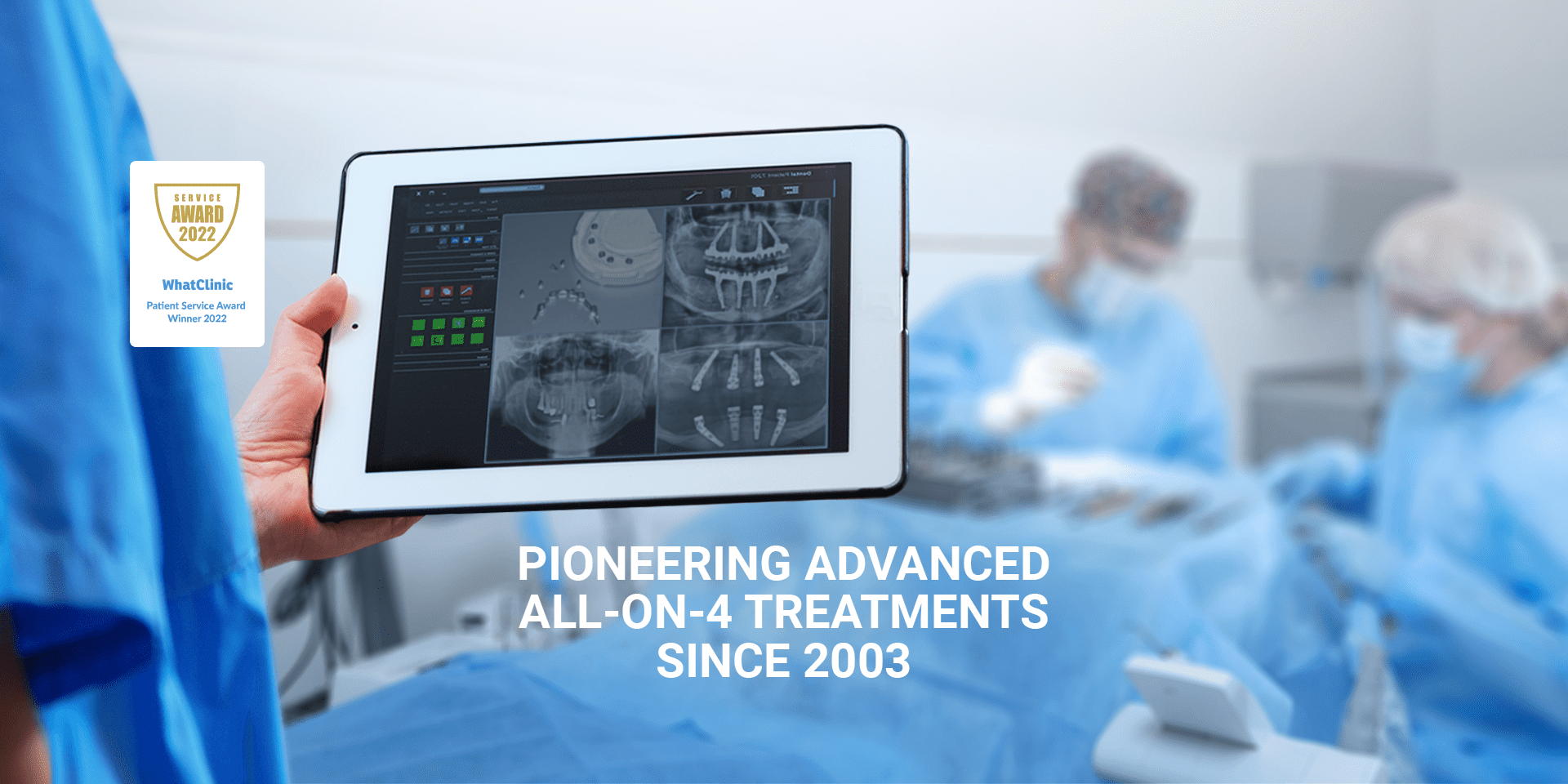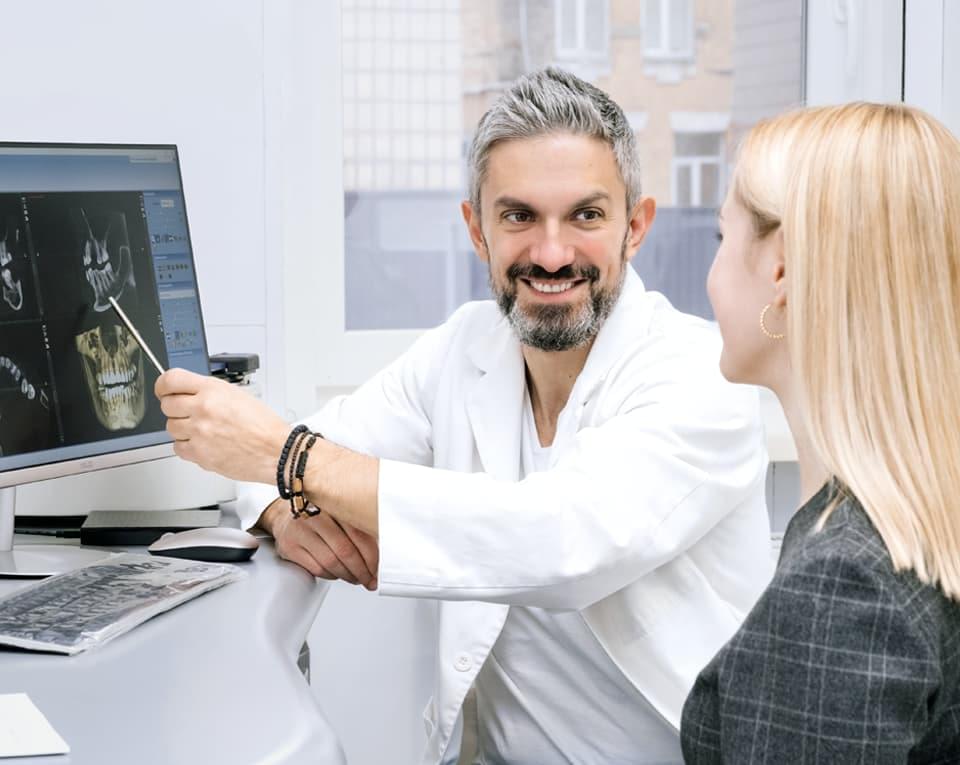
Our advantages
Our dental center has over 20 years of experience in implantology, prosthetics, orthodontics, and dental treatment. Our methods are innovative, reliable, and evidence-based. In our dentistry located in the Kyiv center, highly qualified doctors create a relaxing atmosphere during the appointment.
Our Clinic works based on the doctors' personal experience and the best modern world evidence-based practice.
We are glad to present any case from our practice to both patients and professionals with dignity.
Our key priority
Our Clinic, one of the best clinics in Ukraine, specializes in the following areas:
- - dental prosthetics and implantation;
- - restoration of bone tissue;
- - orthodontics;
- - periodontitis treatment;
- - prevention and treatment of gum disease and tooth decay, as well as related complications;


Our team
Details
Our cases
Details
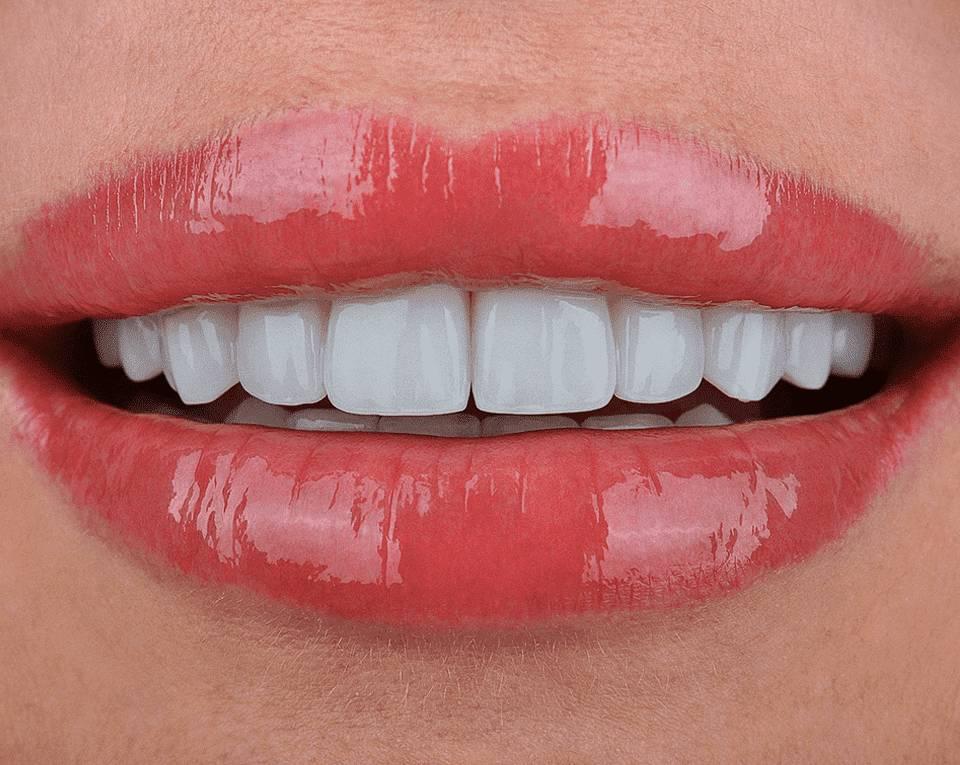
FAQ
There is no age limit. One of our patients, whose all 5 implants survived and still function properly, is 84 years old. This age is absolutely normal for treatment in European countries if the patient has no contraindications for implantation.
We place implants in 6-8 weeks or 4 months after tooth extraction, depending on the bone volume loss.
The success rate after implant surgery is over 99%. With proper care and regular oral hygiene routine that we tailor after implantation, they can last a lifetime.
An implant is a great solution when a single tooth or posterior teeth are missing, with complete loss of teeth in the upper and lower jaws. There is no age restriction for implants.
It doesn't hurt more than any other dental treatment. Implant surgery is performed under local anesthesia; it can also be performed under sedation (a sleep-like state) or general anesthesia optionally and due to medical reasons.
The main absolute contraindication to implant therapy is radiotherapy. Relative contraindications can be osteoporosis, diabetes mellitus, thyroid diseases, nervous and mental diseases, severe cardiovascular diseases.In these cases, the question of implant therapy is considered individually.
Official statistics indicate that a correctly placed implant survives in 98.5% of cases. Based on many years of experience in implant therapy, we give 98-99%.
According to the German Association of Oral Implantology, an allergy to titanium, from which the implant is made, occurs in one out of 10,000 patients. In this case, we can carry out the LTT (Lymphozyten Transformation) allergy test.
If titanium allergy is confirmed, we recommend using the less popular but effective zirconium implants.
With a single missing tooth - 1 implant, with the loss of posterior teeth - 2-3 implants, with an edentulous upper or lower jaw - 4 implants per bar overdenture or 6-8 implants per fixed denture.
Today, surgical navigation systems allow conducting implant surgery without incision using 3D modeling.
The reasons for teeth loosening can be various: the absence of bone around the tooth, excessive stress on the tooth, trauma, and inflammation of the tissues surrounding the tooth associated with severe caries. In each case, it is necessary to understand the reason for the tooth loosening. After eliminating the cause, we evaluate the treatment 4 months later. Loose teeth usually have questionable prognosis and require regular monitoring.
Subgingival calculus is the most common cause of bleeding gums that can be easily identified by objective examination. After the hygienic procedures, gums stop bleeding. Other reasons can be defects in fillings, poorly fitting crowns and bridges, periodontal disease, and hormonal imbalance.
An objective examination and additional research methods can help identify all these reasons.
Our periodontist will recommend how often maintenance procedures should be performed after periodontal treatment, depending on the periodontal disease's severity. Typically, you will need to see a hygienist every 3 months for periodontal maintenance.
There are several ways to rebuild bone loss.
The most reliable method is considered an increase with the help of the patient's bone (from the donor site, for example, from the corner of the lower jaw, the bone tissue is carefully taken, placed in the future implantation site). This technique gives a positive result. You can also use bovine-derived xenogeneic materials. Such materials also give a positive result.
Sometimes we use synthetic materials to repair minor bone defects.
Depending on the size of the bone defect, the amount and type of bone graft material used, implantation can be performed 4-9 months after bone graft. For example, after open sinus lifting, we place implants 9 months later and 4 months later after alveolar ridge restoration using our autologous bone.
Veneers are ceramic or composite shells that replace the front and sometimes chewing tooth surfaces. Veneers design helps correct the shape and color of the tooth and is an alternative to a full crown in cases where only partial tooth preparation is required. A tooth restored with a veneer and increasing aesthetics gains strength because the finished structure is fixed adhesively and creates monolithic restoration.
Indications: unsatisfactory teeth aesthetics due to discoloration, stains, enamel defects, abrasion, and chipping, increased interdental spaces (diastema and trema), crooked teeth, as well as old and discolored restoration.
If indicated, ceramic restorations can be placed on any tooth treated from cavities.

